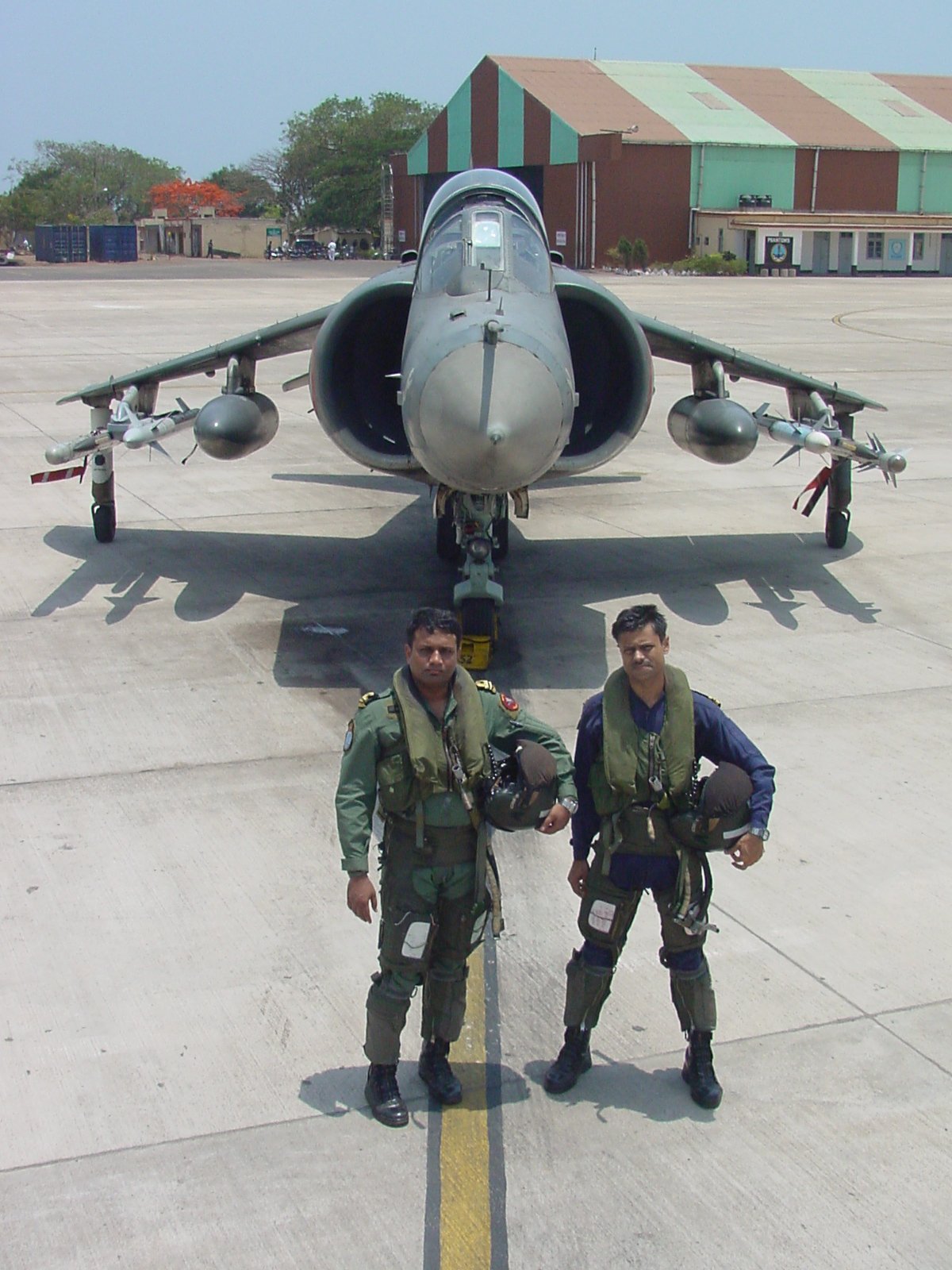srai wrote:Well ... if you over-design then there is weight penalty. Design trade-offs

There is a fine art of designing with allowance for future growth margins and over-design. Growth margins is not synonymous to over-design, nor is growth margin directly proportional to weight penalty.
srai wrote:On the other note, who did all the Harrier dual-rack integration?
The Sea Harrier was originally equipped with dual racks for Sidewinder but uncle refused to sell us any. So we got racks equipped with Magic-1, that the French designed keeping interface points similar to Sidewinder. Then we got Magic II late 80s/early 90s.
The British retired the Harrier in 2006 around same time HAL was awarded LUSH. The Derby pylons were provided by Rafael and integrated by Naval Aircraft Yard Kochi and HAL. No BAe involvement.
srai wrote:Besides, how much pylon loading was that outermost designed for to begin with?
BAe didnt know when IN placed Sea Harrier order in 1979 that IAF will equip the aircraft with Derby in 2007. Infact the Derby didn't even exist then.
But growth margins were factored and hence, IN, HAL & Rafael didnt go to BAe for wing re-design.
Point being made is weapons too follow Moore's Law and become obsolete. There is no way of predicting in 1979 what weapon will come in 2007. Which is why growth margins are factored.
The R-60 to R-73E isn't user perfidy as was claimed in this forum. When arming Sea Harriers with heavier Derby and MiG-21 with heavier Magic-II, it was a complete non-issue.
This article mentions we even integrated Magic-II with MiG-23
https://www.forecastinternational.com/a ... _RECNO=592
Compared to 43 kg R-60, the Magic weighs 89 kg. The Magic-2 seeker was much more effective than AIM-9M Sidewinders sold to Pakistan along with F-16s








